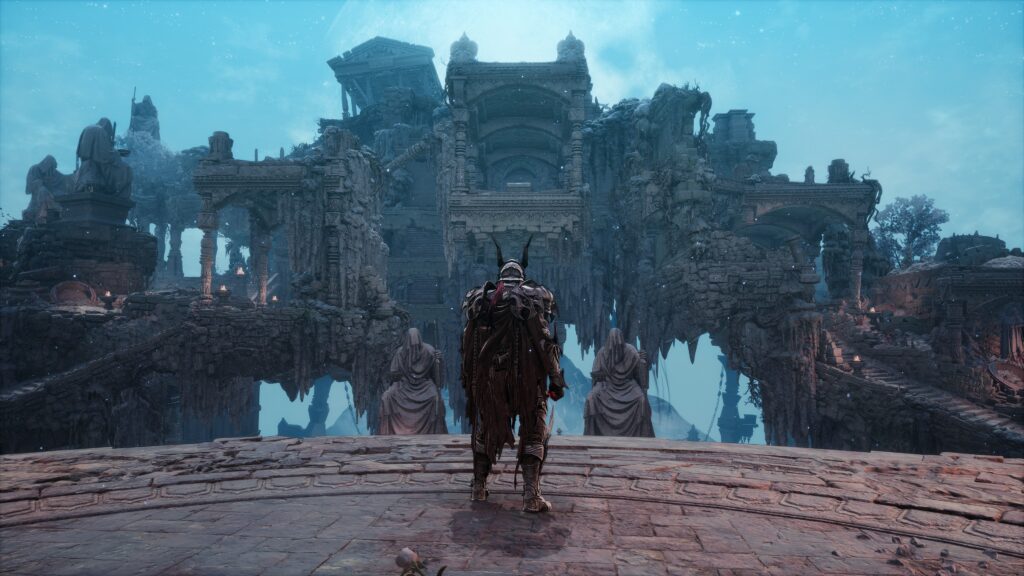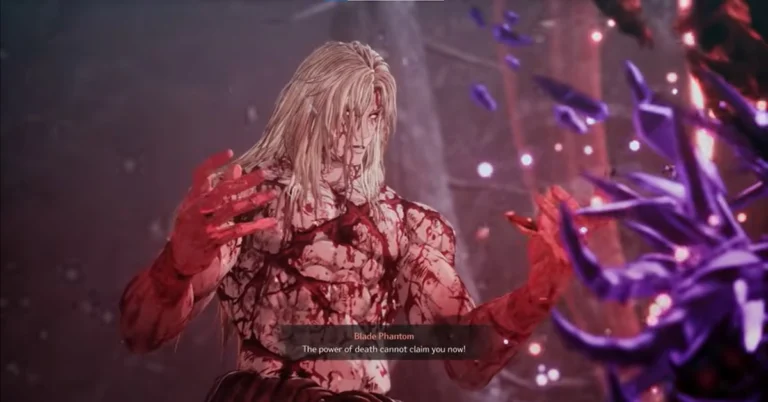The year 2025 is packed with exciting titles for fans of the Soulslike genre. While Lies of P is getting fresh content and FromSoftware is shaking things up again with Elden Ring: Nightreign, there’s another major contender in town: The First Berserker: Khazan.
Without flashy marketing campaigns or bold claims, Khazan quietly entered the scene—yet it quickly proved itself as one of the most compelling Soulslikes to date. While it may seem like a copy of popular titles at first glance, dig deeper and you’ll find a game with its own unique signature. It builds on traditional Soulslike formulas but adds its own creative and original mechanics that elevate the experience.
A Prequel to Dungeon Fighter Online
Khazan is a prequel to the massively successful Korean title Dungeon Fighter Online—considered one of the most profitable games ever. Set years before DFO, Khazan explores the lore and universe of this world in more depth. Thankfully, you don’t need to know anything about DFO (also called DNF by the devs) to enjoy the story or gameplay of Khazan.
Story and Setting

The story follows Khazan, once a high-ranking general of the Pell Los Empire, who has been exiled for betrayal. As a prisoner, he’s being transported to a snowy, remote region called Hynemak—until a mysterious alien being slaughters the guards and takes over Khazan’s body. But Khazan resists and stops the entity from gaining full control.
From there, his quest begins: to uncover the truth behind the false accusations and reclaim his honor. The alien, known as Blade Phantom, becomes his uneasy companion, creating a gripping revenge-driven narrative. The writing is refreshingly clear and accessible—no need to search for hidden lore in obscure item descriptions. Instead, the game tells its story through cutscenes, memories of the dead, and scattered notes found throughout the world.
The story unfolds smoothly, and you’re constantly driven forward by new reveals. However, the ending falls a bit flat, leaving questions unanswered and feeling incomplete. Hopefully, a sequel or future DLC will tie up the loose ends.
Visuals and Art Style
Graphically, Khazan blends realistic environments with cel-shaded characters—a unique combo that might seem off-putting at first but ultimately adds charm. The main character design is excellent, even if he might remind you of Alucard from Castlevania. Enemy designs are varied—from humans and beasts to giant monsters and grotesque lab experiments, keeping the combat fresh.
However, color palettes become repetitive after 5+ hours. Even in later indoor areas, the visuals feel dull. This isn’t about level variety—which is great—but about the lack of color diversity. Compared to Lies of P, which shows artistic range even in similar settings like opera houses, Khazan misses the opportunity to impress visually. It can make the game feel mentally tiring and push players to take breaks. Still, the environments—from snowy mountains and rich villages to winding caves and imperial castles—are well-crafted and full of detail.
Voice Acting and Sound Design
One of the game’s standout features is its voice acting and sound design. Ben Starr, famous for his role as Clive in Final Fantasy XVI, voices Khazan, while Anthony Howell (Morgott in Elden Ring) voices Blade Phantom. Both performances are top-notch and carry the emotional weight of the story.
The combat sound effects are excellent—blocking, countering, and finishing blows all sound satisfying and powerful. These sounds enhance the impact of every fight, comparable even to Sekiro: Shadows Die Twice, if not better.
As for music, the orchestral tracks shine during boss battles, adding epic energy to the fights. While not groundbreaking for Soulslike veterans, they’re well-composed and dramatic. The only thing missing is a large choir, which could have added more emotional depth. Still, the soundtrack is thoughtfully crafted.
Gameplay: The Real Star of the Show
Gameplay is where Khazan truly shines. This is a linear action game with a stage-based structure, similar to Nioh. Each level ends in a boss fight, and out of the 40 total missions, 16 are main stages while the rest are meaningful side quests. Unlike Nioh’s challenge-only side missions, Khazan’s side quests add to the story, revealing new characters and lore—like a touching quest involving two brothers named Siban and Vermon.
You can choose between three weapon types—a spear, a greatsword, and dual-wielded sword + axe—each with its own unique skill tree. This gives the game high replay value, as each weapon feels completely different. For example, dual-wielding is fast but short-ranged, demanding close-quarters combat.
A key mechanic called “Spirit” powers ranged attacks, heavy combos, and advanced moves. You gain Spirit by attacking, parrying, or absorbing souls from the dead. Mastering this system adds depth and strategy to your fights.
There are also armor sets that unlock special perks when fully equipped, such as increased HP or faster stamina recovery, and can even grant special attacks. On top of that, Blade Phantom lets you use different spirits, each offering unique abilities. Out of the eight available, a couple are genuinely useful, while others feel underwhelming.
You can even summon Blade Phantom during boss fights, but sadly, the AI is clumsy and ineffective—fighting solo is often easier.
Combat Difficulty and Boss Design
While most of the game is moderately challenging, the boss fights are on another level. They’re brutally hard, with unique moves and varied patterns. The final boss, for instance, has nearly 50 distinct attack animations, forcing players to learn and adapt. These fights are intense, rewarding, and the highlight of the gameplay.
Final Thoughts
The First Berserker: Khazan is a surprise hit—a polished Soulslike with rich lore, memorable characters, and engaging combat mechanics. While its visuals could use more variety and the ending leaves room for improvement, the game’s gameplay depth, voice acting, and boss battles make it one of the standout action RPGs of 2025.
